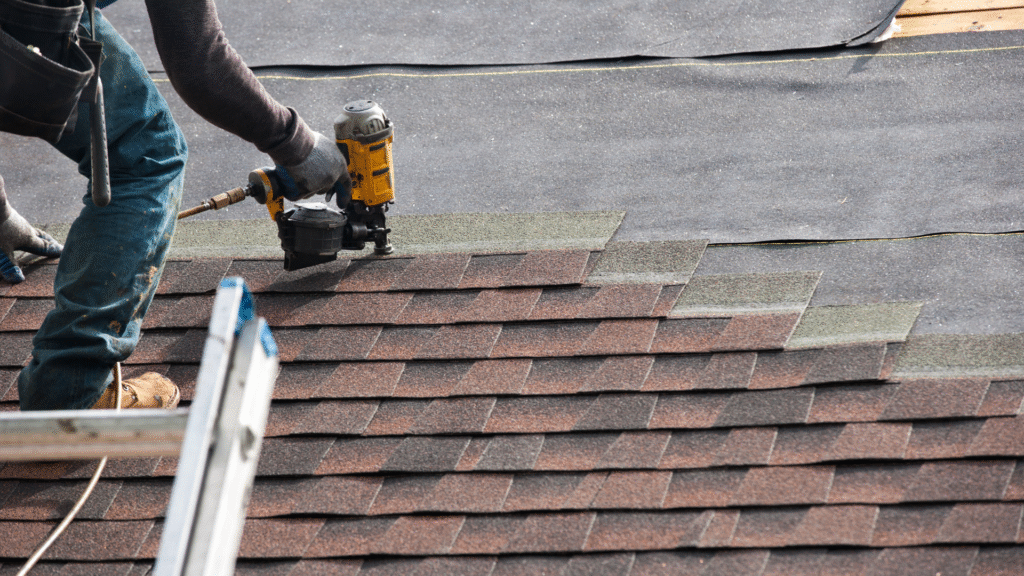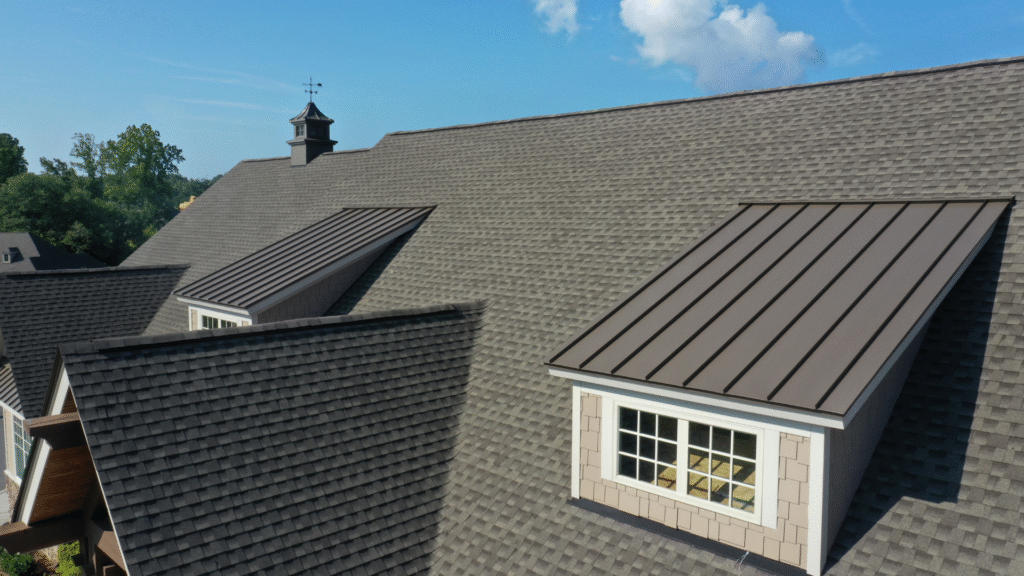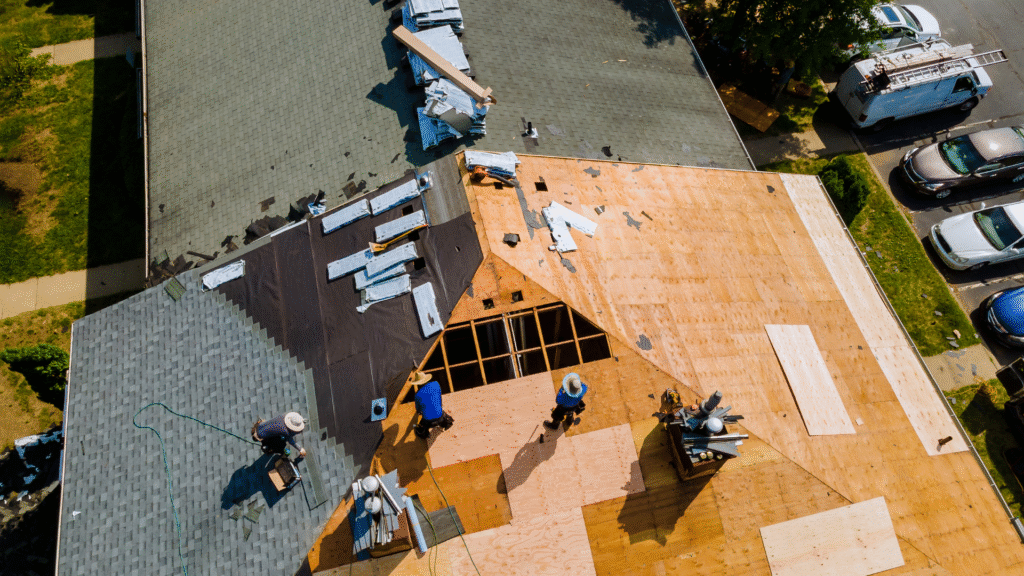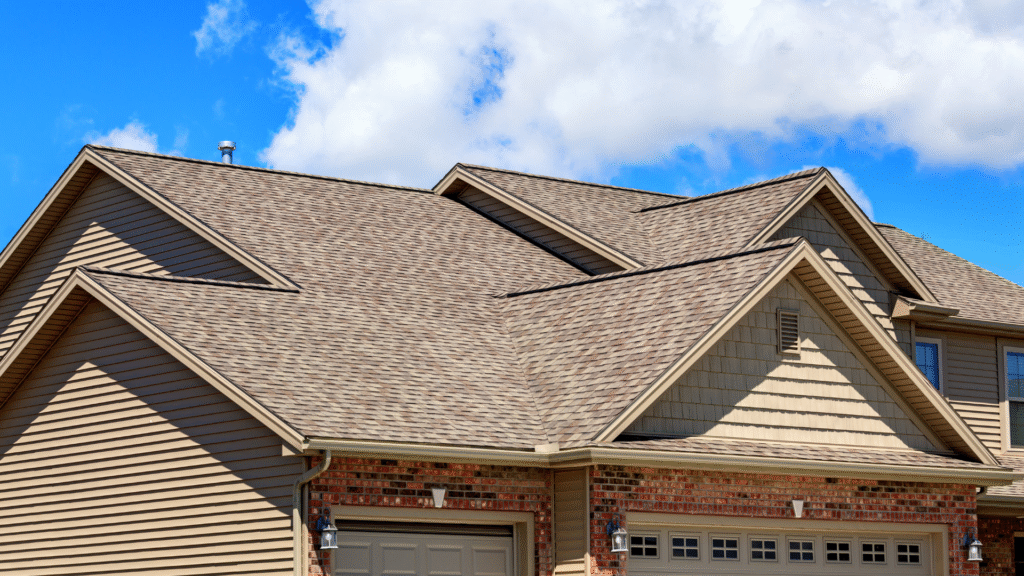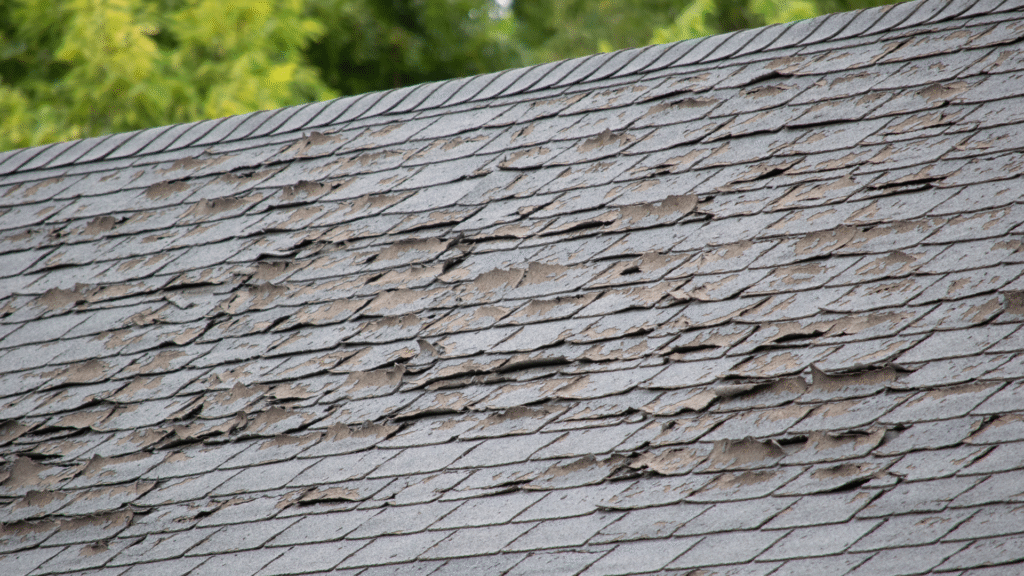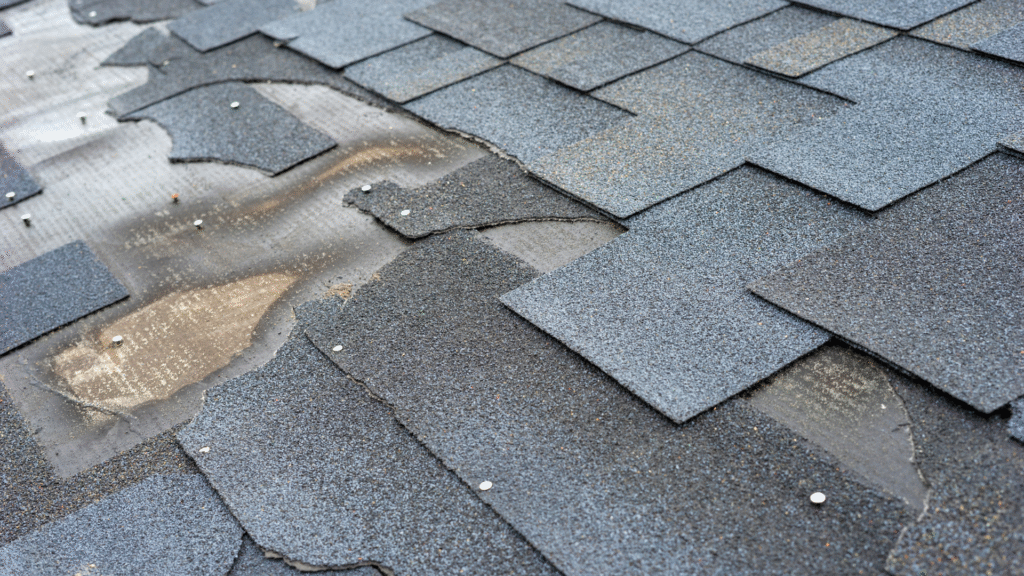Shingle Repair Tips for Older Homes in Rosemount, MN
Roof Repair Tips for Older Homes in Rosemount, MN Roof Repair Tips for Older Homes in Rosemount, MN Owning an older home in Rosemount, MN comes with its unique charm—and its own set of roofing challenges. At Specialty Work Services, we understand the specific needs of older roofs and how to properly maintain and repair them. Here’s what you should know to keep your historic home’s roof in top shape. Common Roofing Issues in Older Homes Older homes often have roofing systems that have been exposed to decades of Minnesota’s harsh climate. Here are some typical issues you might encounter: 1. Worn or Brittle Shingles Over time, shingles can dry out, crack, and lose their flexibility, making them prone to breaking under stress from wind or heavy snow. 2. Granule Loss Older asphalt shingles often show significant granule loss, reducing their ability to repel water and protect your home from UV damage. 3. Curling and Buckling Changes in temperature and aging materials can cause shingles to curl or buckle, creating entry points for water. 4. Flashing Failures Metal flashing around chimneys, vents, and valleys can deteriorate, leading to leaks that cause significant interior damage. 5. Structural Issues Long-term moisture intrusion can weaken roof decking and framing, leading to sagging rooflines and compromised structural integrity. Essential Shingle Repair Tips Proper maintenance and timely repairs can help you get the most life out of your older home’s roof. Here are some expert tips: Conduct Regular Roof Inspections Schedule professional roof inspections at least once a year—and after severe storms. Early detection of minor issues can prevent major repairs later. Replace Damaged Shingles Quickly Even a few missing or cracked shingles can allow water to penetrate the roof system. Replace damaged shingles promptly to maintain your roof’s integrity. Address Flashing Issues Ensure that flashing is intact and properly sealed. Repair or replace corroded flashing around chimneys, vents, and valleys to prevent leaks. Seal and Protect Exposed Areas Use roofing sealant to patch small cracks and gaps. This can be an effective short-term fix until a more permanent repair or replacement is scheduled. Improve Ventilation and Insulation Older homes often lack proper attic ventilation. Adding ventilation helps regulate temperature and moisture, reducing the risk of ice dams and premature shingle aging. Clean Gutters Regularly Blocked gutters can cause water to back up under shingles and lead to roof damage. Clean gutters at least twice a year to promote proper drainage. Remove Overhanging Branches Branches rubbing against shingles can wear them down over time. Trim back trees to avoid unnecessary damage. When Is It Time to Consider a Roof Replacement? While repairs can extend your roof’s life, there comes a point when replacement is the safer, more economical choice. Consider a full replacement if you notice: The roof is over 20-30 years old Extensive granule loss Widespread shingle curling, cracking, or missing shingles Persistent leaks and water damage Significant sagging in rooflines At Specialty Work Services, we offer free, honest evaluations to help you make the best decision for your home and budget. Why Choose Specialty Work Services? With decades of experience serving Rosemount and the greater Minnesota area, Specialty Work Services is your trusted partner for roofing solutions. We: Specialize in older home repairs and restorations Use premium materials suited for Minnesota’s tough climate Provide detailed inspections and clear communication Stand behind our craftsmanship with strong warranties Whether you need a few shingle repairs or a full roof replacement, we’ll work with you to preserve the beauty and integrity of your home. Final Thoughts Caring for the roof of an older home requires a thoughtful, proactive approach. Regular maintenance, timely repairs, and working with an experienced roofing contractor can help you protect your investment for years to come. If you’re ready to assess the condition of your roof or schedule repairs, contact Specialty Work Services today. We’re proud to help Rosemount homeowners maintain and restore their homes, one shingle at a time. Schedule your free roof inspection today! Contact Us Specialty Work Services Roofing Company provides expert roofing solutions—contact us today for reliable service and a free estimate! Contact Form Demo Δ Select a Service– Select –Shingle RepairRoof LeakSubmit Form Shingle Repair Tips for Older Homes in Rosemount, MN Shingle Repair Tips for Older Homes in Rosemount, MN • May 20, 2025 Shingle Repair Tips for Older Homes in Rosemount, MN Shingle Repair Tips for Older Homes in Rosemount, MN Owning an older home … Why Rosemount, MN Homeowners Are Seeing More Roof Leaks in Spring 2025 Why Rosemount, MN Homeowners Are Seeing More Roof Leaks in Spring 2025 • May 15, 2025 Why Rosemount, MN Homeowners Are Seeing More Roof Leaks in Spring 2025 Why Rosemount, MN Homeowners Are Seeing More Roof Leaks in … DIY vs. Professional Roof Leak Repairs: What Homeowners Need to Know DIY vs. Professional Roof Leak Repairs: What Homeowners Need to Know • May 12, 2025 DIY vs. Professional Roof Leak Repairs: What Homeowners Need to Know DIY vs. Professional Roof Leak Repairs: What Homeowners Need to Know … Understanding the Lifespan of Asphalt Shingles in Minnesota’s Climate Understanding the Lifespan of Asphalt Shingles in Minnesota’s Climate • May 11, 2025 Understanding the Lifespan of Asphalt Shingles in Minnesota’s Climate Understanding the Lifespan of Asphalt Shingles in Minnesota’s Climate When it comes to …
Shingle Repair Tips for Older Homes in Rosemount, MN Read More »

